Market Share
Antistatic Agent Market Share Analysis
The Antistatic Agent Market, like any other competitive industry, is driven by strategic efforts to secure and enhance market share. Various positioning strategies are employed by industry players to distinguish themselves and gain a competitive edge in this dynamic market.
Product Differentiation:
Innovative Formulations: Companies often focus on developing novel formulations of antistatic agents to stand out in the market. Formulating agents with unique properties or applications can attract customers looking for specialized solutions. Tailored Solutions: Offering customized antistatic agents designed for specific industries or applications allows companies to meet the diverse needs of customers and differentiate their products. Market Segmentation:
Industry-Specific Offerings: Targeting specific industries, such as electronics, packaging, or textiles, allows companies to concentrate efforts on understanding and addressing the unique challenges within each sector. Geographical Focus: Geographical segmentation strategies involve tailoring products to meet the antistatic requirements prevalent in specific regions, considering factors like climate and industrial practices. Environmental Sustainability:
Eco-Friendly Formulations: The rising demand for environmentally sustainable solutions has led companies to focus on developing antistatic agents with reduced environmental impact. Products labeled as eco-friendly or compliant with environmental regulations gain favor among environmentally conscious consumers. Recyclability and Biodegradability: Emphasizing the recyclability and biodegradability of antistatic agents aligns with sustainability goals, attracting customers who prioritize environmentally friendly options. Strategic Partnerships and Alliances:
Collaborations with End-Users: Forming strategic partnerships with end-users, such as electronics manufacturers or packaging companies, allows antistatic agent suppliers to understand specific needs and co-develop tailored solutions. Supply Chain Collaboration: Partnering with distributors and suppliers to optimize the supply chain ensures efficient product delivery, reducing lead times and enhancing the overall customer experience. Investment in Research and Development:
Continuous Innovation: Companies that invest significantly in research and development stay ahead in the antistatic agent market. Continuous innovation enables the introduction of new and improved products, reinforcing a company's position as an industry leader. Adapting to Technological Advances: Anticipating and incorporating advancements in materials science and nanotechnology into antistatic agent formulations allows companies to offer cutting-edge solutions with superior performance. Brand Positioning and Marketing:
Brand Recognition: Building a strong brand presence and recognition helps companies stand out in a crowded market. Effective marketing strategies, including advertising and promotions, contribute to increased visibility and customer trust. Educational Campaigns: Informative campaigns that educate customers about the benefits and applications of specific antistatic agents create awareness and position a company as an authority in the market. Cost Leadership Strategies:
Economies of Scale: Achieving economies of scale through efficient production processes and large-scale manufacturing helps companies offer competitive pricing without compromising product quality. Cost-Efficiency Measures: Implementing cost-efficiency measures throughout the production and supply chain allows companies to maintain profitability while providing cost-competitive antistatic agents. Global Expansion Strategies:
Entering Emerging Markets: Identifying and entering emerging markets provides opportunities for growth and expansion. Tailoring products to meet the unique demands of these markets ensures relevance and competitiveness. Global Distribution Networks: Establishing a robust global distribution network allows companies to reach a wider customer base. Expanding market reach enhances the potential for increased market share. Customer Relationship Management:
Proactive Customer Support: Offering excellent customer support services, including technical assistance and troubleshooting, strengthens the relationship between companies and their clients. Feedback Integration: Actively seeking and incorporating customer feedback into product development and improvement processes demonstrates a commitment to meeting customer needs. Quality Assurance and Certification:
Stringent Quality Standards: Adhering to strict quality control measures and obtaining relevant certifications assures customers of the reliability and performance of antistatic agents. Compliance with Industry Standards: Aligning products with industry standards and regulations builds trust among customers and positions a company as a responsible and dependable supplier.


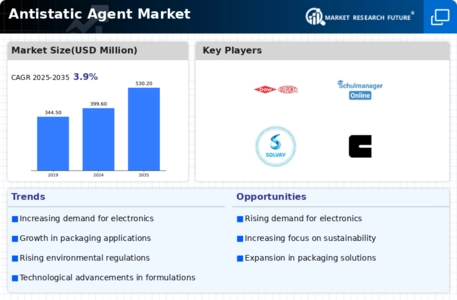

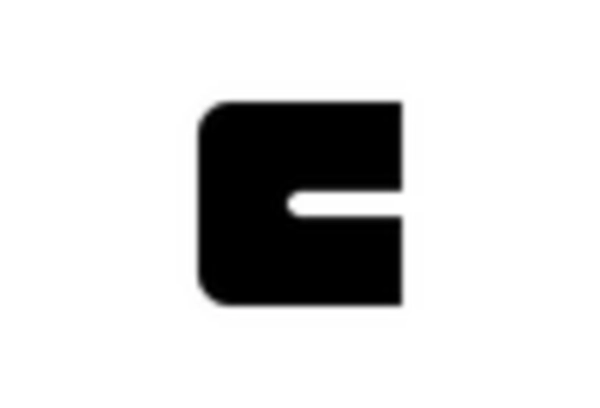
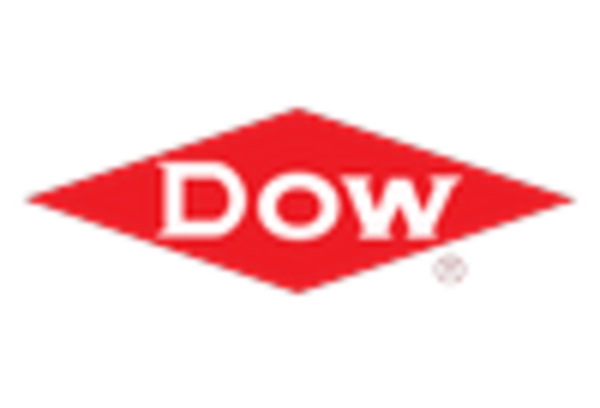
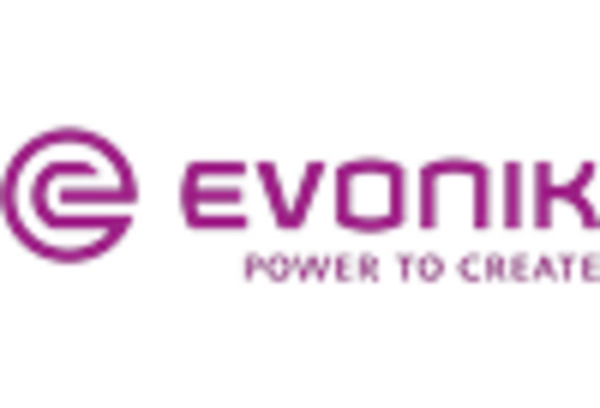
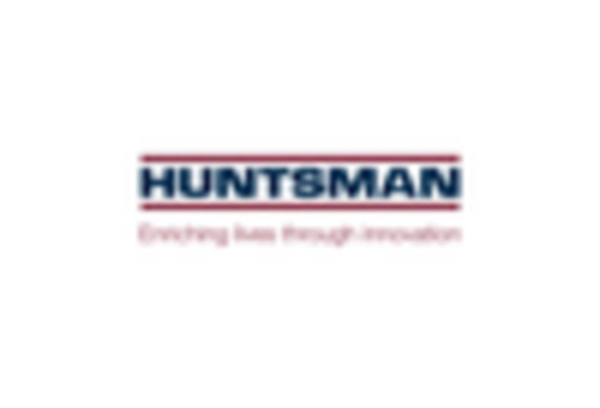
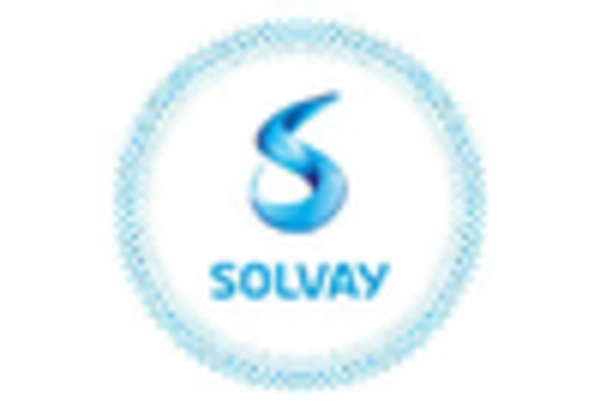









Leave a Comment